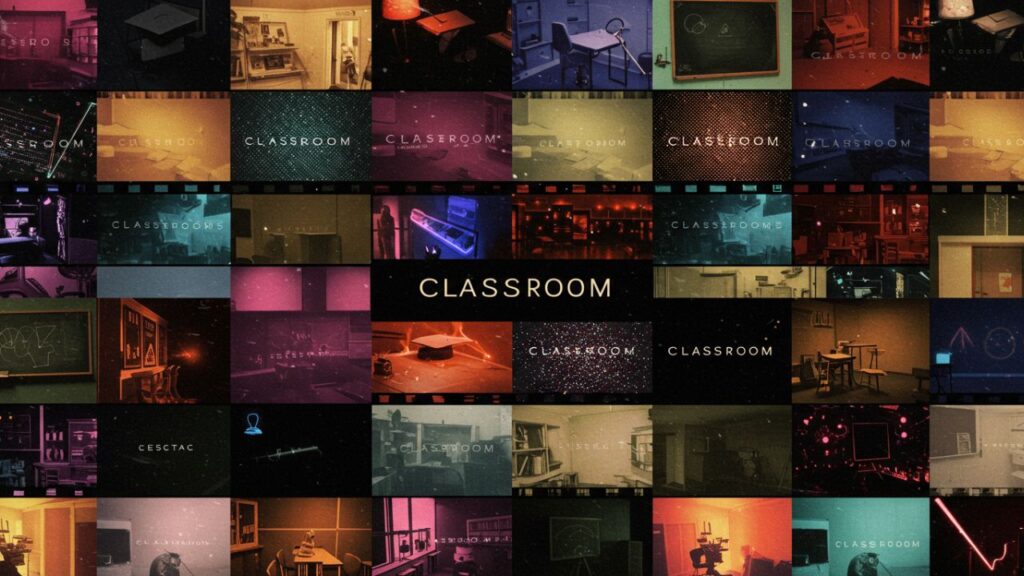Introduction
As education evolves in the digital era, learning spaces must adapt to meet the needs of students and educators. Enter Classroom 15 X—a term quickly gaining traction in academic circles. Whether you’re an educator, administrator, or educational technology enthusiast, represents a future-forward approach to building smart, flexible, and engaging learning environments. In this article, we’ll explore what means, its defining features, how it compares to traditional classrooms, and why it’s shaping the future of education.
1. What Is Classroom 15 X?
Classroom 15 X is a conceptual model that blends technology, adaptability, and interactive learning. It emphasizes collaborative teaching methods, student engagement, and cutting-edge educational tools. Think of it as a “version 15” upgrade of the traditional classroom—reimagined to suit today’s academic, digital, and social needs.
1.1 The Philosophy Behind Classroom 15 X
The core idea is to create an environment where students are not passive listeners but active participants. Classroom 15 X integrates:
-
Smartboards and digital whiteboards
-
Flexible seating and layout arrangements
-
Cloud-based collaboration platforms
-
Integrated audio-visual equipment
-
Student-led and inquiry-based learning activities
2. Key Features of Classroom 15 X
2.1 Technological Integration
In a Classroom 15 X, technology is not a supplement but a central component. From tablets to virtual reality (VR), tools are used to enhance understanding and accessibility.
2.2 Modular Furniture
Gone are the rows of rigid desks. Classroom 15 X introduces flexible furniture that can be easily rearranged for group work, presentations, or independent study.
2.3 Cloud Collaboration
Students and teachers share resources via cloud-based tools like Google Classroom, Microsoft Teams, or Canvas—encouraging productivity both in and outside the classroom.
2.4 Personalization of Learning
Adaptive learning software enables personalized instruction tailored to each student’s pace and level, a hallmark.
3. Benefits of Implementing Classroom 15 X
3.1 Student Engagement Increases
By using tech tools and active learning strategies, students a are more engaged and likely to participate.
3.2 Teacher Efficiency Improves
Educators can streamline lesson planning, grading, and communication with digital tools integrated into Classroom 15 X.
3.3 Prepares Students for the Future
Today’s employers seek digital literacy and collaboration skills. This classroom model mirrors real-world environments more closely than traditional models.
3.4 Enhances Inclusivity
With the help of assistive technology and personalized learning paths, supports diverse learning needs including students with disabilities.
4. How Classroom 15 X Compares to Traditional Classrooms
| Feature | Traditional Classroom | Classroom 15 X |
|---|---|---|
| Fixed Furniture | ✅ | ❌ (Flexible setup) |
| One-size-fits-all Instruction | ✅ | ❌ (Personalized) |
| Limited Tech Integration | ✅ | ❌ (Fully integrated) |
| Passive Learning | ✅ | ❌ (Active & collaborative) |
| Accessibility Features | ⚠️ Sometimes limited | ✅ Fully supported |
The chart clearly shows that Classroom 15 X is more adaptable to modern educational needs.
5. Real-World Applications of Classroom 15 X
5.1 In K-12 Schools
Elementary and secondary schools are beginning to implement the model by adding touchscreens, dynamic seating, and interactive content.
5.2 In Higher Education
Universities are creating smart lecture halls and labs inspired by facilitate project-based learning and remote collaboration.
5.3 Corporate Training
Businesses are adapting similar models in training rooms to offer employees a more hands-on and tech-supported learning experience.
6. Challenges of Classroom 15 X Implementation
6.1 Cost and Budget Constraints
Initial investments for smart technology, modular furniture, and infrastructure can be high, making it challenging for underfunded schools.
6.2 Teacher Training Needs
For effective use, educators need proper training to fully utilize the tools and pedagogical strategies in a setting.
6.3 Technology Dependence
Overreliance on devices could pose distractions if not managed properly. Balance between traditional methods and digital tools is key.
7. Designing Your Own Classroom 15 X
7.1 Start with Layout Flexibility
Rearrange your existing space to support group activities, presentations, and quiet reading zones.
7.2 Integrate Low-Cost Tech Tools
Use tablets, projectors, or even free learning apps to bring concepts into practice without major expenses.
7.3 Encourage Collaborative Projects
Shift your teaching methods toward problem-solving, team-based tasks, and real-world scenarios.
8. Future Trends for Classroom 15 X
8.1 Augmented Reality (AR) and Virtual Reality (VR)
Future iterations of Classroom 15 X may include immersive learning using AR/VR to teach complex subjects like science and history.
8.2 AI Tutors and Smart Assistants
AI-driven tools could offer instant feedback, automate grading, and support students’ academic growth 24/7.
8.3 Global Virtual Classrooms
Geographic boundaries are becoming irrelevant. Expect to connect learners and teachers across countries in real-time.
9. Why Classroom 15 X Matters
Education systems globally face challenges such as engagement gaps, digital divides, and evolving job market needs addresses these challenges by:
-
Promoting skill-based learning
-
Encouraging creativity and communication
-
Leveraging data to guide instruction
It’s not just a trend—it’s a fundamental shift in how we approach learning and teaching.
Conclusion
Classroom 15 X isn’t just a buzzword—it’s a blueprint for the future of education. By blending technology, flexibility, and student-centric teaching strategies, this model equips both learners and educators with tools to thrive in a rapidly changing world. Whether you’re modernizing a school or planning a new learning space, adopting the model can help foster innovation, inclusivity, and lifelong learning.





